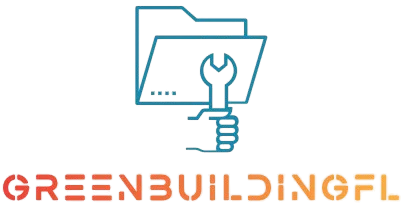The Role of a Product Owner in Agile Teams
In Agile methodology, the Product Owner plays a crucial role in the development process by serving as the primary liaison between the development team, stakeholders, and end-users. The Product Owner represents the voice of the customer and is responsible for ensuring that the product meets customer needs and delivers value. Here are some key responsibilities of a Product Owner:
- Defining and prioritizing the product backlog: The Product Owner collaborates with stakeholders and gathers requirements to create, refine, and prioritize the product backlog – a prioritized list of features, tasks, and user stories. They focus on maximizing value and managing trade-offs based on customer needs, market trends, and business goals.
- Collaborating with stakeholders: The Product Owner engages with stakeholders, such as customers, users, business owners, and development teams, to gather feedback, understand user needs, and prioritize requirements. They facilitate communication between stakeholders and the development team, ensuring a shared understanding of product expectations.
- Creating user stories and acceptance criteria: The Product Owner translates customer needs and requirements into user stories – concise descriptions of desired functionality from the end-user perspective. They establish clear acceptance criteria, outlining the conditions that must be met for each user story to be considered complete.
- Communicating the product vision: The Product Owner maintains a clear vision for the product and communicates it effectively to the development team. They provide context, answer questions, and provide guidance on product goals, features, and priorities. They ensure that the team understands the “why” behind the product decisions.
- Iterative delivery and backlog refinement: The Product Owner collaborates with the development team in iterative development cycles, providing feedback on progress, refining the backlog as needed, and adjusting priorities to meet changing circumstances. They make decisions on trade-offs and feature delivery based on value and stakeholder input.
- Accepting and validating deliverables: The Product Owner accepts and verifies completed work against the defined acceptance criteria, ensuring that it meets the expected quality and functionality. They also seek feedback from stakeholders to validate that the product meets their needs and incorporate their insights into future iterations.
- Iterative feedback and improvement: The Product Owner constantly seeks feedback, both internally and externally, to improve the product and refine its roadmap. They gather insights from users, stakeholders, and market trends, allowing them to adjust the product strategy and backlog to align with evolving requirements.
Effective collaboration, strong product knowledge, and the ability to prioritize and make decisions based on customer value are essential skills for Product Owners. Their role is crucial in ensuring that the development team builds the right product, meeting customer needs and delivering value in an Agile environment.



